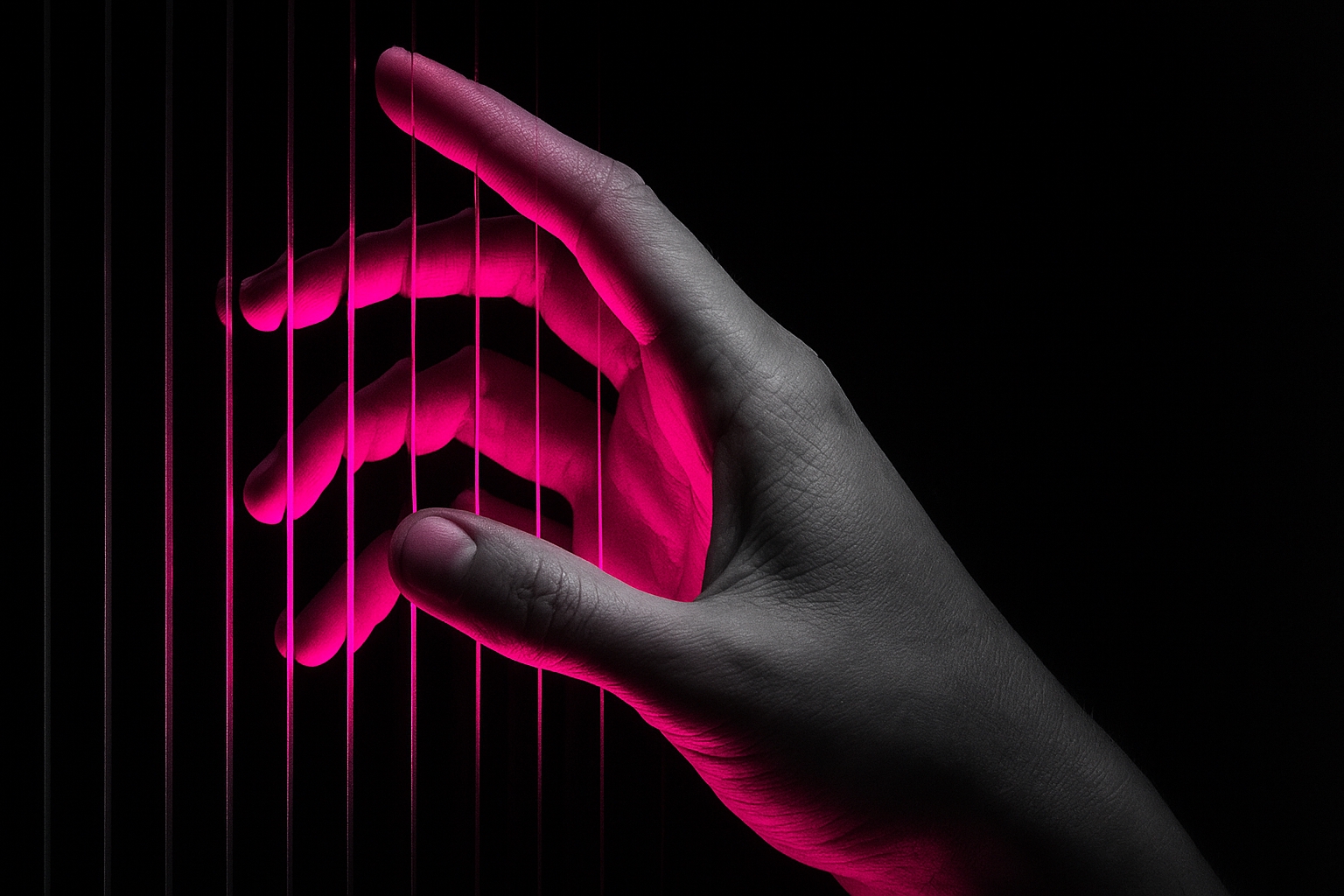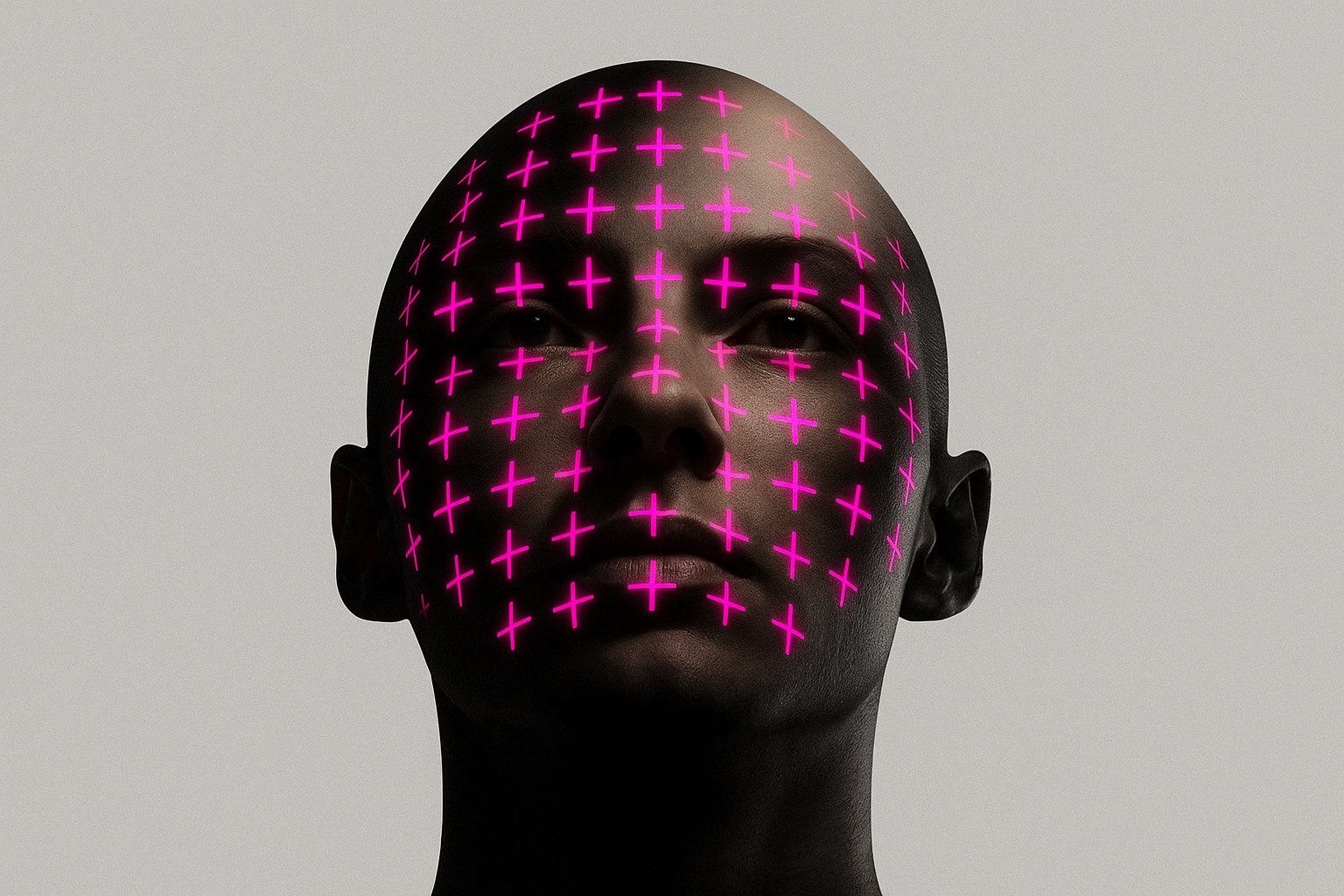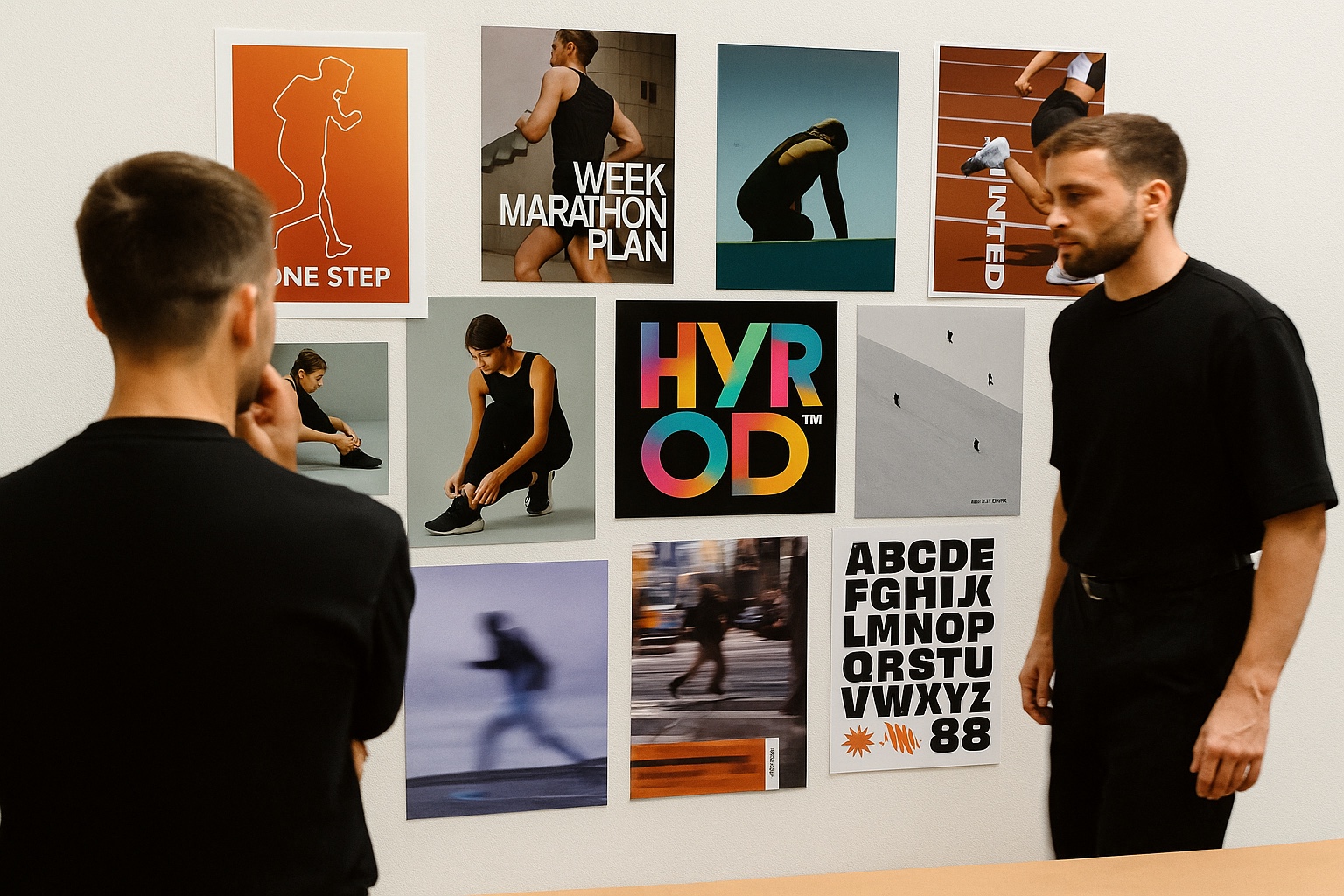CASE
MORE
Visual Identity 101: Logos, Colors, Fonts – What They Say About You and How to Choose Them
Why Visual Identity Matters More Than Ever
Picture your brand’s logo on a crowded store shelf or in a busy social media feed. Will it catch someone's eye? Will it tell them, in a split second, who you are and what you stand for? In today’s saturated market, your visual identity is often the first point of contact between your business and potential customers. It’s more than just “looking pretty” – it’s a first impression that silently communicates your values, mission, and personality within seconds. Having a distinct and authentic brand identity, and forming an emotional connection with your audience, is more critical than ever. Why? Because attention spans are short and competition is fierce, and a strong visual identity acts as a shortcut for conveying your brand’s essence in an instant.
As a founder, CMO, or CEO of a growing consumer brand, you might be at an inflection point – maybe growth has plateaued, new competitors are emerging, or you feel your branding hasn’t kept up with your company’s vision. This is the perfect time to rethink the importance of visual identity. An effective logo, color palette, and font selection can give your brand the clarity, differentiation, and consistency it needs to connect with customers and fuel growth. In a world where consumers are inundated with choices, a cohesive visual identity helps you stand out, build trust, and create an emotional connection that keeps people coming back.
Inspiration to reset your perspective: Think of your visual identity as the handshake and voice of your brand. It’s how you introduce yourself without saying a word. Done right, it builds recognition and credibility. Done hastily, it can confuse or alienate your audience. In the sections below, we’ll explore the core elements of visual identity – logos, colors, and fonts – and share how to choose each of them intentionally and strategically. By the end, you’ll see how these elements work together as a powerful toolkit for expressing who you are and where your brand is going.
Logos: Crafting a Symbol That Speaks for You
Your logo is often the centerpiece of your brand’s visual identity – the symbol people most associate with your company. A great logo is far more than a pretty graphic; it’s a shorthand for your brand’s essence. In a single glance, a well-designed logo can communicate qualities like innovation, reliability, luxury, or fun. It’s the mark on your product, your website, your business card – a constant ambassador for your brand.
What makes a great logo? A strong logo typically has a few key qualities:
- Simplicity: The best logos are simple enough to recognize at a glance. Think of the Nike swoosh or the Apple silhouette – instantly identifiable with minimal detail. Simplicity aids memorability.
- Memorability: Beyond being simple, a logo should be distinctive. It should stick in someone’s mind after just a few seconds of exposure. Unforgettable logos often have a unique element or “story” behind them that resonates.
- Relevance: A good logo reflects your brand’s essence or industry in some way. This doesn’t mean it has to be literal (no need for a coffee shop to show a coffee cup), but the mood and style should align with your brand’s personality.
- Versatility: Your logo should look good anywhere – on a giant billboard, a smartphone screen, in full color or in plain black and white. Strong logos are designed with usage in mind: they scale well, work in various formats, and still convey their message without intricate details.
- Timelessness: Aim for a design that can endure. While it’s okay for logos to evolve subtly over the years, you want to avoid something so trendy that it feels outdated next year.
Common logo pitfalls to avoid:
- Over-complication: Cramming too many ideas into one logo – multiple symbols, lots of text, or intricate details – can backfire. A cluttered logo is hard to read and even harder to remember. When it comes to logo design, less is more.
- Following fads blindly: Design trends come and go. If you choose a logo style just because it’s “hot” right now and it doesn’t truly fit your brand, it could age poorly. Stay aware of trends but filter them through your brand’s unique lens.
- Ignoring scalability: A common mistake is not testing a logo in different sizes and contexts. Thin lines, tiny text, or complex elements may disappear or blur when scaled down.
- Inconsistency in use: If different versions of your logo start floating around, it dilutes your brand. Ensure once you have a great logo, you use it consistently across all materials.
- Copycat imagery: It’s okay to be inspired by other designs, but a logo that looks too similar to another brand’s can confuse customers and erode your credibility.
Your logo carries symbolic power. Think of some iconic logos: Apple’s apple with a bite is synonymous with innovation and elegance, and Coca-Cola’s red script evokes nostalgia and happiness. Through strategic design and consistency, a logo can become a timeless emblem of your brand’s mission and values.
Most importantly, your logo should tell a story about your brand. When a customer looks at it, even if they don’t consciously realize it, they should get a feel for what you stand for – be it adventure, trust, creativity, or quality.
Colors: The Emotional Palette of Your Brand
If a logo is your brand’s face, color is its mood. Colors spark emotion in an instant – they’re deeply psychological and often subconscious in their effect. In fact, people make up their minds within mere seconds of encountering a new product or brand, and up to 90% of that initial impression can be based on color alone.
Color psychology 101: Different colors tend to evoke certain feelings or associations (though context and culture always matter). For example:
- Red: passion, excitement, urgency
- Blue: trust, stability, calm
- Yellow: warmth, optimism
- Green: nature, health, growth
- Black: sophistication, edge
- White: cleanliness, purity
- Purple: creativity, luxury
How to choose a color palette aligned with your brand essence:
- Reflect on your brand’s personality.
- Research your industry – then consider breaking the mold.
- Choose a primary and supporting colors.
- Consider the emotions and cultural meanings.
- Test for contrast and accessibility.
- Stay consistent.
Your color choices set the emotional tone for all your brand communications. They should reinforce your message and make your audience feel something that aligns with your brand values.
Fonts: Finding Your Brand’s Voice Through Typography
Fonts are the unsung heroes of visual identity. While logos and colors often steal the spotlight, the typography you use across your brand materials carries immense weight.
Why typography matters:
- Serif fonts: traditional, reliable, scholarly
- Sans-serif fonts: modern, clean, innovative
- Script or decorative fonts: artistic, friendly, luxurious (used sparingly)
How to balance uniqueness and readability:
- Match font to brand personality.
- Consider usage scenarios.
- Limit the number of fonts.
- Test for readability.
- Customize if needed, but don’t overdo it.
- Think long-term.
Typography creates a voice for your brand: bold, playful, elegant, reliable, edgy – whatever it may be. When you choose fonts, you’re really choosing how your brand speaks to people.
Bringing It All Together: Consistency & Cohesion
A great brand identity is like an orchestra – different instruments (logo, color, typography, imagery, design style) all playing the same tune.
Consistency is key in visual branding. It builds trust, reinforces identity, and ensures your brand is instantly recognizable.
Brands like Nike and Chanel exemplify this – their identity elements work in harmony, telling a cohesive story everywhere they show up.
To achieve this:
- Define your visual tone.
- Avoid rebrands every year.
- Create brand guidelines.
- Train your team or partners on how to use them.
- Stick to the playbook.
This isn’t about rigidity – it’s about creating clarity and trust at every touchpoint.
Strategic Guidance: Aligning Visuals with Your Brand Strategy
Here’s how to make intentional, strategy-driven design decisions:
- Start with your brand’s core.
- Envision your desired perception.
- Consider differentiation.
- Make it actionable and cohesive.
- Seek feedback from trusted sources.
- Implement and create guidelines.
- Stay agile and consistent.
Make sure every visual decision ties back to what you want people to think, feel, and remember about your brand.
And if you need guidance, bring in experts like Studio Wisdom who can translate your mission and message into a compelling identity that people remember.
Your Brand’s Visual Journey
Your visual identity is more than design—it’s meaning made visible.
When done right, your logo, colors, and fonts become strategic tools that help you:
- Tell your story
- Earn trust
- Spark emotion
- Build recognition
- Drive loyalty and demand
So take the time. Be intentional. Make choices that align with who you are, what you stand for, and where you're going.
Because the best brands don’t just look good—they feel right. And that’s what leaves a lasting impression.
Let me know if you'd like this as a downloadable doc or formatted in a way that’s ready for upload to your CMS.


Ready to build your brand?









.avif)